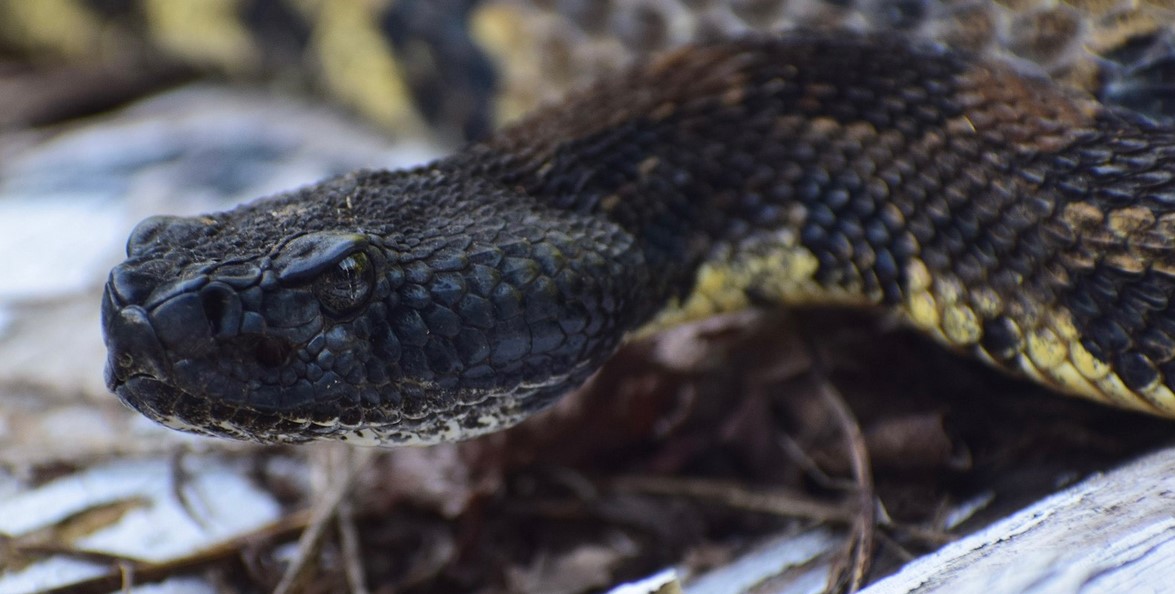PHILADELPHIA - The Pennsylvania Game Commission has been working to protect the state's timber rattlesnakes since the late 1960s. After declining in the 1970s and early 1980s, the Game Commission listed the species as a candidate species for listing as an endangered species. In 1993, a statewide inventory survey was conducted. After population assessment studies, a harvest limit of one snake per person was approved. Since then, regulations have been in place governing the collection of this species. In 2016, the state Game Commission removed the rattlesnake species from the candidate list, but the species is still listed as a conservation need.
Conservation of the species
The conservation of timber rattlesnakes in PA has become an important topic for many wildlife conservationists. The state's Fish and Boat Commission has taken action to protect the rattlesnake, a candidate species for endangered species status. The designations provide greater protection under the law. The Pennsylvania Fish and Boat Commission also adopted stricter rules regarding roundups and hunting of rattlesnakes.
Habitat preferences
Habitat preferences of timber rattlesnake populations in Pennsylvania vary, but some factors are consistent. The most important element in their habitat is sunlight, which is essential for thermoregulation. These snakes are ectotherms, so they prefer warm temperatures. Their foraging behavior reflects this preference.
Foraging behavior
Several researchers have studied the foraging behavior of timber rattlesnake populations in Pennsylvania. These studies have focused on determining the habitat preferences of timber rattlesnakes, evaluating reports of declining timber rattlesnake populations, and identifying possible conservation measures.
Threats to the species
The timber rattlesnake is one of the three venomous snake species in Pennsylvania. The other two are the northern copperhead, which ranges over the southern two-thirds of the commonwealth, and the massasauga rattlesnake, which inhabits scattered meadowlands in far western counties. These snakes are threatened by habitat loss, overharvesting, and human activities.
Illegal killing
The illegal killing of timber rattlesnakes in PA has led to an overall decline in their population. While the species was once plentiful, overhunting caused its population to drop substantially during the 1970s and early 1980s. As a result, the species was listed as a candidate for protected status in 1978. Although a state-mandated limit of one rattler per year is currently in place, it is still illegal to kill these animals.
Poaching
Wildlife poaching is rampant in Pennsylvania and the resulting trade in wildlife products has been discovered. Two recent busts in Pennsylvania and New York revealed a thriving international market for native reptiles. Reporter Deborah Weisberg spoke to Matthew Craig about the impact of the illegal trade on the state's protected species.




